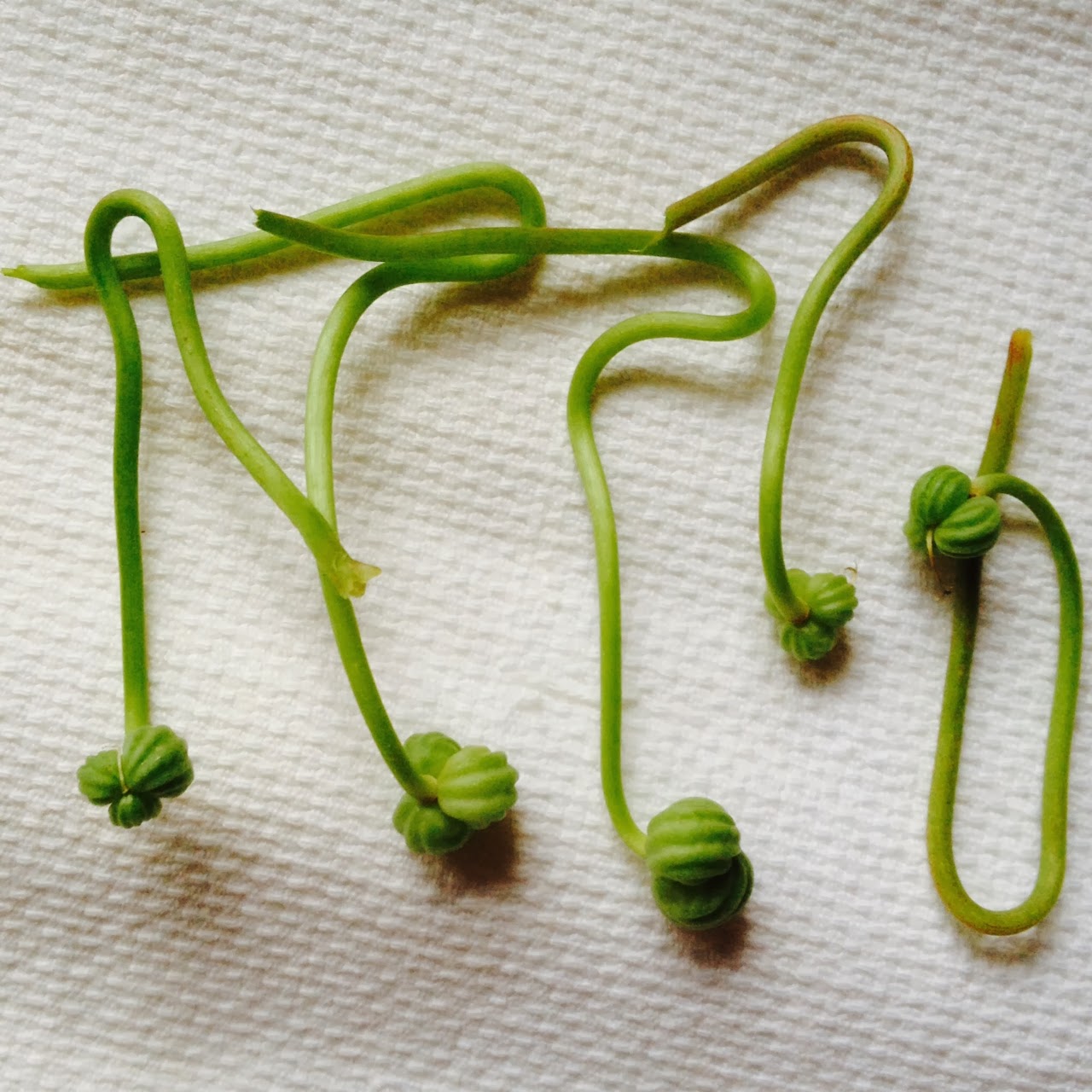If you’re a silverbeet fan, it’s my public duty to warn you that it’s going out of fashion. You’ll probably know this already, because silverbeet (known as chard in the northern hemisphere) is the party guest no one wants to talk to, let alone go home with. It’s the DBW (dull-but-worthy) stalwart of the vegetable garden or greengrocer: there in abundance but no one’s favourite.
In July, the chief executive of one of New Zealand’s largest vegetable growers said that they’d stopped growing silverbeet in favour of softer leaves that were easier to love. I was so shocked by this I investigated further, finding mixed attitudes to silverbeet’s robust nature. I was pleased to find silverbeet lovers among the haters, including the Two Raw Sisters (Margo and Rosa Flanagan) and food writer, photographer and stylist extraordinaire Christall Lowe. You can read the results here.
I think we need to change our attitude towards this humble vegetable. Isn’t something that’s packed with useful vitamins and micronutrients, grows fast, withstands most weather conditions and can be used in a myriad of ways exactly the vegetable we need in climate change times?

I reckon there’s lots you can do with silverbeet. I finely chop it for salads when other greens are thin on the ground, or shove handfuls of chopped leaves into any slow-cooked dishes. Christall passed on a genius tip for how to deal with a surplus: she chops up the leaves and freezes them, then adds them frozen to sauces and stews, or her beautiful boil-up.
If you’re faced with a family of silverbeet haters, try these silverbeet chips. In my household, it’s a sure-fire way to make a bunch of silverbeet disappear. Then – in the spirit of zero-waste cooking – you can pickle the stems.

SPICY SILVERBEET CHIPS
- A bunch of silverbeet, washed and dried well
- 1 tablespoons olive oil
- Flaky sea salt
- Shichimi togarashi (Japanese five-spice) or chilli flakes
Heat the oven to 160C and line two trays with baking paper.
Remove any large stems from the silverbeet (use them in fridge pickles – recipe below), then cut the leaves into large, chip-sized pieces (they will shrink as they cook).
Put them in a bowl with the olive oil, then sprinkle over a little salt, and a generous shake or two of shichimi togarashi.
Mix well until the leaves are well-coated in the oil and spices, then spread them out on the prepared trays.
Bake for 20-25 minutes, turning the leaves over halfway through. Remove to a rack to cool. These are best the day they are made.

PICKLED SILVERBEET STEMS
These look prettiest if you use red or yellow stalks – but they’ll taste just the same as the white ones. This is a basic cold pickle brine, which uses a 1:1 ratio of water to vinegar, plus salt, sugar and flavourings (whole spices, garlic, chillies) to taste.
- ½ cup water
- ¼ cup white wine vinegar
- ¼ cup cider vinegar
- 1 Tbsp salt
- 1 Tbsp sugar
- Whole coriander seeds, garlic cloves, dried chillies, parsley stalks, etc
Put everything in a small pot set over medium heat. Stir well until the mixture is hot and the salt and sugar are dissolved. Add the spices/flavourings of your choice – about 1 tsp whole seeds to a cup of brine. Taste it to make sure you like the flavour – adjust the salt and sugar accordingly.
Pack washed, sliced silverbeet stalks into a couple of sterilised jars (wash jars in hot soapy water, rinse well and heat in a 120C oven for 20 minutes. Soak lids in boiling water for 10 minutes, then dry thoroughly with a clean tea towel).
Make sure the stalks take up all the room in the jar, leaving about a 2cm gap at the top. Pour over the brine to cover the vegetables, making sure there are no air bubbles (tap the jar on the bench to pop them, or poke around with a skewer). Seal tightly and store in the fridge until you’re ready to eat. These pickles can be eaten after 48 hours – and you’re best to consume them within two months. They’re great in toasted sandwiches or eaten with crackers and cheese.
What’s your favourite thing to do with silverbeet?










